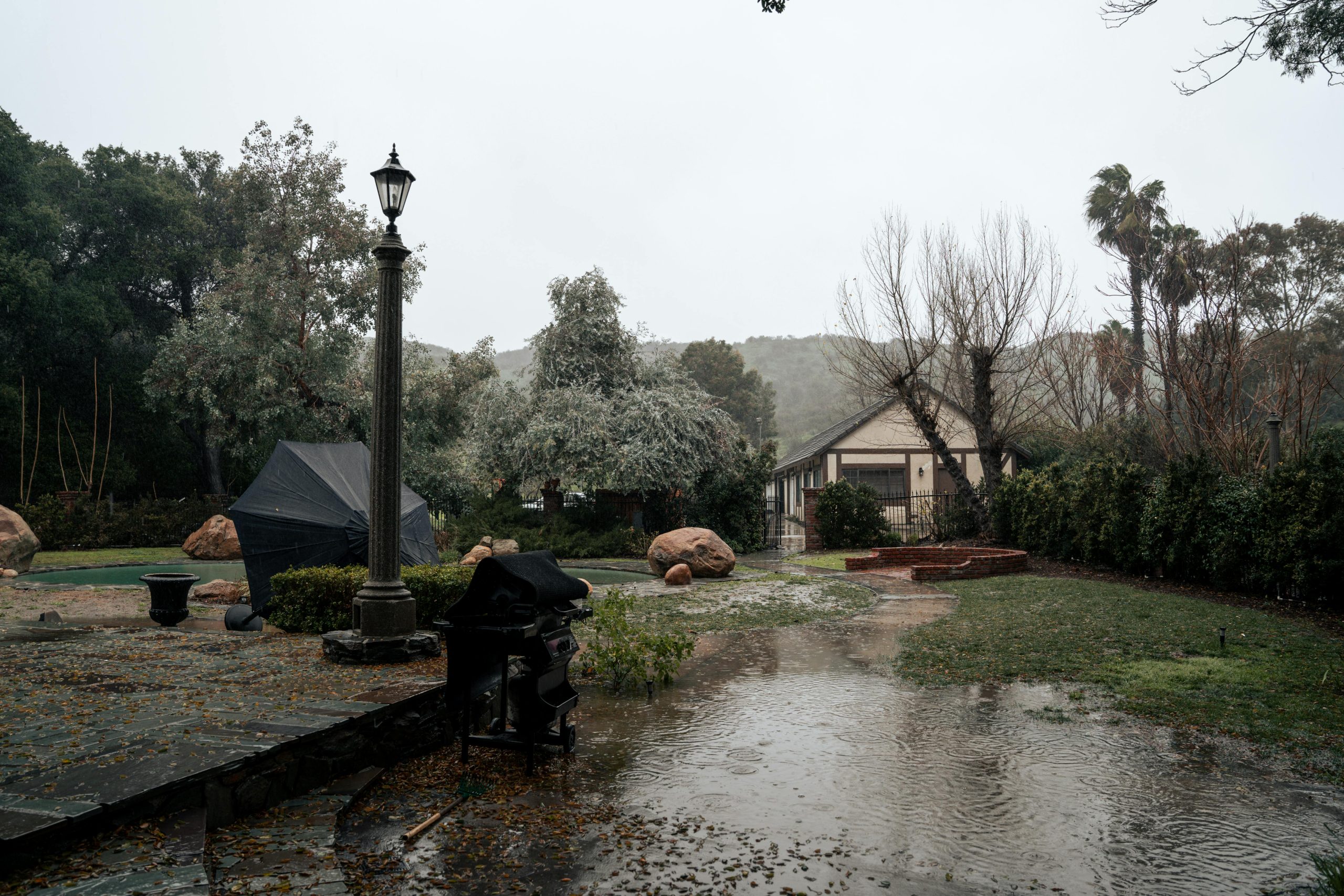Title: Navigating Tree-Related Insurance Challenges: What Homeowners in Georgia Need to Know
If you’re a homeowner in Georgia facing insurance renewal issues due to overhanging tree limbs, you’re not alone. Recently, I encountered a situation where my home insurance policy was set to lapse in August because of tree branches from an oak tree directly above my house. After discussions with a professional arborist, I learned that removing the limbs entirely could harm or even kill the tree, which could create additional complications down the line.
The arborist suggested a weight reduction approach—carefully trimming the limbs to lessen the risk of damage during storms or high winds without removing the entire branch. This method preserves the health of the tree and aligns with local regulations, which prohibit removing limbs altogether without proper permits.
I’ve also explored options with local tree companies willing to perform partial pruning, but my primary concern is the long-term well-being of the tree. Completely removing the problematic limbs could lead to the need for full removal later—something I’d prefer to avoid.
One potential solution is securing a professional risk assessment from an arborist, which I can then present to my insurance provider. The specialist assured me that, even in its current condition, the tree poses a low risk, and proper weight reduction could further mitigate potential dangers.
For homeowners dealing with similar challenges, consulting with certified arborists and understanding local ordinances is crucial. Additionally, providing your insurer with professional assessments detailing the actual risk level can often help negotiate coverage renewal or find alternative solutions.
If you’re facing insurance hurdles related to overhanging trees, consider these steps:
– Engage a qualified arborist for a thorough evaluation.
– Discuss weight reduction options instead of complete limb removal.
– Verify compliance with local regulations before proceeding.
– Provide your insurance company with detailed risk assessments to support your case.
By taking these measures, you can safeguard your property, preserve the health of your trees, and maintain your insurance coverage effectively.



